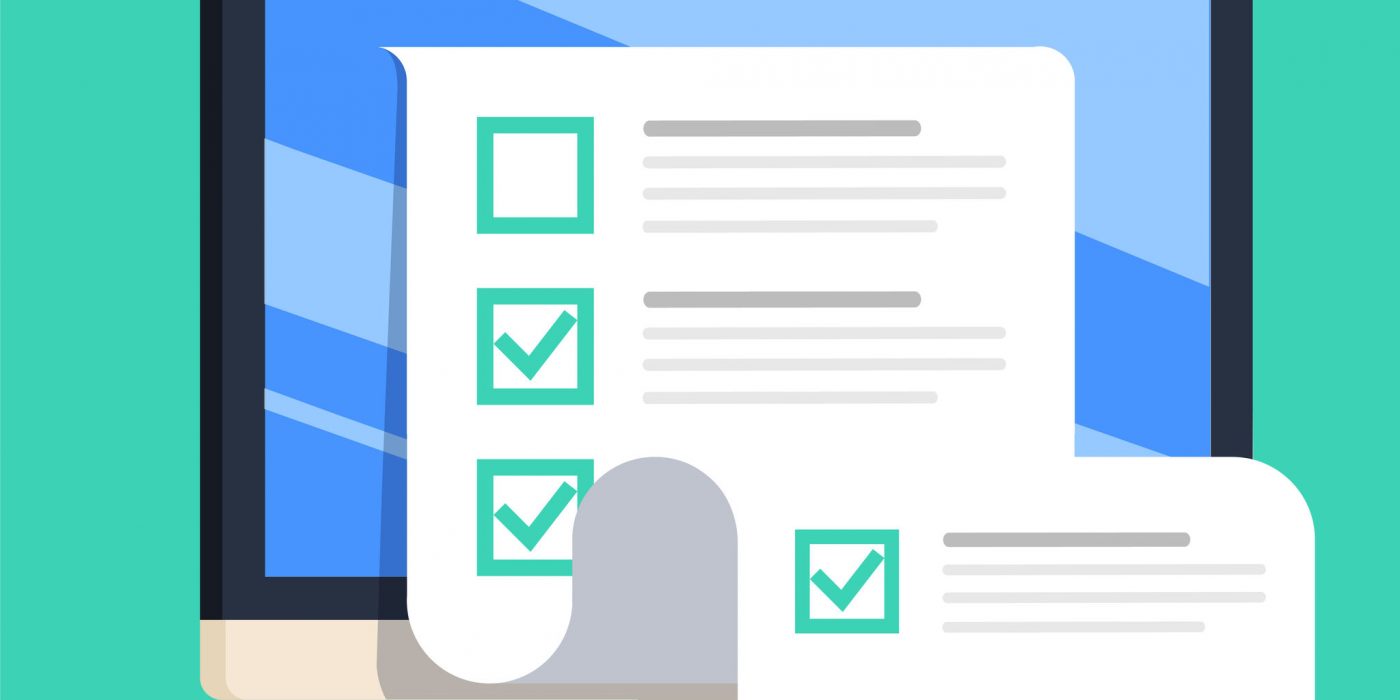
I’m as guilty as anyone.
I’ll admit, it took me far too long to start thinking outside of the box that I created for myself about 10 years ago when I got into digital marketing.
Back then – from about 2012-2018, the Golden Age of Digital Marketing Resources – we had thousands of fresh and new ideas for developing marketing plans.
At the time, few businesses, except for maybe a handful of SMBs and some of the big ones, were doing things like creating new content, running ads and putting out high-quality social media, and the threshold to establish your digital footprint was relatively low.
In some industries, if you just built a website, published a blog, posted anything on social media, then you were likely to be miles ahead of your competition. Fire up Google Analytics, gawk at your inevitably-growing* organic traffic, and just wait for the revenue. (*In the years when Mobile-First became a thing, of course businesses were seeing more organic traffic – simply because more people were doing more searching, and Google’s indexing got that much more mature as the years passed.)
Enter the E-Book
After this initial rush of new marketing tactics, a more diverse set of companies started to catch up, and websites, social media and blogging became the norm, so marketers started to panic a little bit.
“Now the boss is smart enough to know that Likes, Clicks, and Page Views won’t pay the bills,” we all said. “I know what I’ll do – I’ll make people put in their contact information just to read some interesting content.”
And for a while, this did work. You could put together a whitepaper, eBook, infographic, or pretty much anything, “gate” it behind a form, and start to collect new contacts and show value to the boss.
The thing is, the conversion rate from Form Entry to New Revenue was always low. Marketers encouraged business owners to just play the numbers game – more top of funnel leads would trickle down to more revenue.
So businesses staffed up, hiring SDRs and large inside sales team to field this abundance of new contacts, only to inflate their expenses without seeing a large or predictable return on their expense.
Nowadays, these kinds of forms are especially moot, since people can click their mouse or tap their thumb into a field, and have all of their contact info show up automatically. These types of forms rarely express true purchasing intent. And if anything, the endless phone call and email followups, marketing automation flows and getting added to email lists tended to devalue the brand, whereas the content they were hoping to deliver was meant to show the brand’s authority on a given topic.
Where We’ve Got to Go Now
There’s a ton of information available on the web, in pretty much any industry you can imagine.
And still, people go to the web to find solutions to their questions, whether it’s a how-to-video, shopping for clothes, or researching a B2B purchase for their company.
The brands that will thrive in this web-first lifestyle are the ones who are consistently providing great answers, authoritative and unique information, and deliver it in mediums that their audience wants to use. But not through gated content, because ain’t nobody got time for that.
With so much information out there, there’s a good chance that the information hiding behind your website form can be found elsewhere online, and easily, and users are now getting smart enough to abort the form fill, and go back to Google to find their answer.
With this in mind, keep creating great content, but make it free, available, and easy to access, or you can be sure your visitors will go to a competitor to find it.
The companies who can give their customers answers will earn new business, whether they’re acquiring new eBook downloads or not.
Good Reasons to Use Gated Content
Despite these changes, and despite “Form Fatigue,” there are some good reasons to gate your content behind a form, and ask for an email address in exchange for your valuable content.
The content is so good, it’s actually like you’re giving away paid content for free
If you have true industry experts on your team who can provide content quality that’s at such a high level, or is based on such in-depth research that it is something people would be willing to pay for (or would actually have to pay for in a different medium, e.g. a hardcover book, or industry journal, a tradeshow speech or deliverable), then it’s certainly worthwhile to offer this for free, but ask for content information in order to follow up (authentically) with your new contacts.
Some companies in highly technical fields can utilize this to offer their original thought-leadership in their field. If it’s dense, research-rich material, you may be able to assume that anyone who’s interested in reading could likely become a paying customer. That is to say, if they’re reading this kind of material, they’re probably closer to a purchase, or at least inquiring with a technical sales expert, compared to a casual website browser. Don’t confuse this with an infographic that just regurgitates information that can readily be found elsewhere.
The content is difficult to deliver in traditional web formats, and the info is more easily-consumed if it’s delivered to an email inbox
Some types of information are suitable for a webpage, video or article, while other types are better suited in formats that can’t readily be displayed in a browser.
Or perhaps, the information is lengthy or requires a dedicated reading time, and so it’s better if the user can send the information to their inbox and consume at a later time.
These tactics should be thought of less from the perspective of your inside sales team, and more from the perspective of your user – you’re making this available to give the user a ton of information in the way, and at the time, they can most easily consume it.
You’ll note that on our website, we have a few of these deliverables available, simply because the information is so rich that the web page would be too long, load too slowly, and would be hard to digest on a smaller screen. So we send the info into the visitor’s inbox at their request, and allow them to consume it when they’re ready. (NB: we still have some gated content up that’s not worthy of this approach. We’re working on removing it and making it available without filling out a form.)
You’ve created a web tool that absolutely requires the information to be displayed in emailed deliverable vs. on the web
If you have something like a pricing calculator, a quiz or grader, or a dynamic tool that requires some intensive calculations on the backend, it can be costly and time-consuming to get this information displayed instantly on a web page after submission.
In these cases, your marketing automation software, or even some good ol’ manual calculations are required to compute the output and deliver the results to your visitor. Of course you’ll need to ask for contact information in order to deliver the results.
You may look to eventually display the results instantly on a web page, but it’ll be better to first test the tool first before investing the time and resources into this advanced development.
Just be sure that you follow up with just the results they’ve asked for and ask permission before delivering more, non-relative content to their inbox.
Agree? Disagree? Shoot me an email and let me know.
– Michael, Marketing at webSURGE
Related Posts

Is Your Company Ready for Digital Marketing?

